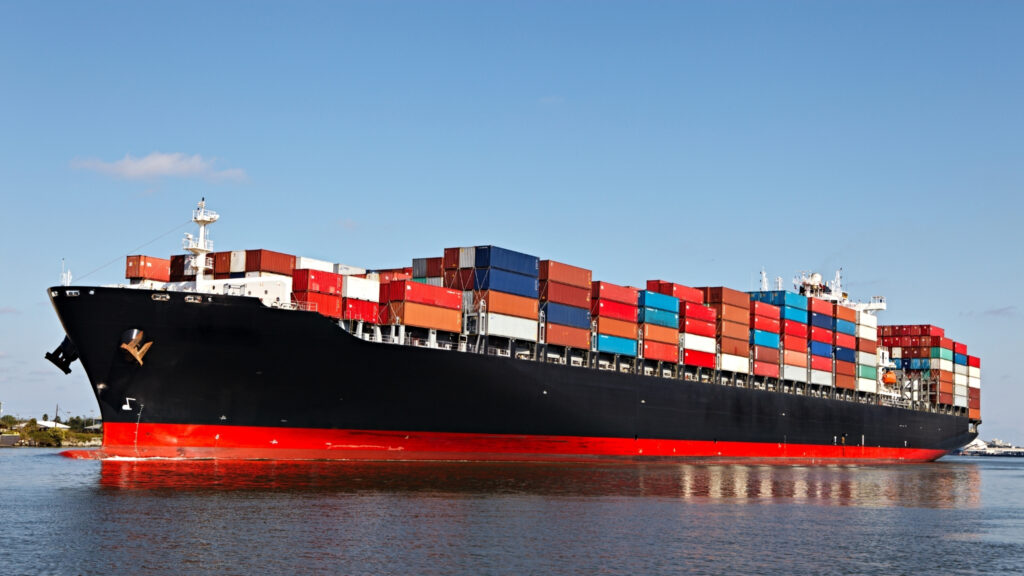Introduction: Boilers in the Maritime Industry
Boilers have been integral to ships since the age of steam vessels. Even today, they remain indispensable, generating steam by boiling water at high pressures and temperatures. This steam supports a wide range of onboard functions, from heating heavy fuels on tankers to powering pumps, turbines, and air conditioning systems.

For tankers, boilers maintain the correct viscosity of bunker fuels, enabling smooth pumping and transfer. In colder regions, steam prevents freezing in seawater lines, ballast systems, and freshwater reserves. It also supports daily shipboard needs—such as heating in galleys, cabins, and water systems.
Historically, steam powered both main and auxiliary engines. While propulsion systems have modernized, the principle of boilers remains central to maritime operations.
Principle of Marine Boilers: Waste Heat Recovery
Marine boilers function primarily on the principle of waste heat recovery. Hot exhaust gases from main and auxiliary engines—often reaching 350–400°C—are redirected into the boiler system.
These gases pass through a network of tubes surrounded by water. Heat transfers to the water by conduction, convection, and radiation, producing steam. Once consumed, steam condenses into water, which is recycled back into the boiler using feeder pumps.
When engines are inactive and heat recovery is unavailable, auxiliary burners operate like conventional furnaces to keep steam production steady.
Heat Transfer Mechanism Heat transfer inside a boiler involves three processes:
- Conduction: Hot exhaust gases heat the tubes directly in contact with water.
- Radiation: High-energy gases emit radiant heat to the surrounding medium.
- Convection: Water circulates naturally, ensuring uniform heat distribution and efficient steam generation.
The efficiency of this process depends on gas flow rate, density, specific heat capacity, and temperature gradients.
Construction of Marine Boilers
Boilers are typically cylindrical or dome-shaped, built to withstand extreme pressure and temperature. Core components include:
- A drum or shell containing water.
- Tubes and piping for heat exchange.
- Inlets/outlets, valves, gauges, and mountings.
- Burners and pumps for circulation and fuel supply.
Modern boilers are made from high-grade steels—such as carbon steel, creep-resistant alloys, and stainless steels—to ensure strength, durability, and corrosion resistance. Construction adheres to strict codes, with both destructive and non-destructive testing to prevent leaks, cracks, or explosions.
Types of Marine Boilers
1. Fire Tube Boilers (Smoke Tube Boilers)
- Hot gases flow through tubes surrounded by water.
- Operate at pressures of 10–15 bar.
- Simpler in design and suitable for large-volume steam needs.
- Disadvantages: inefficient, lower steam pressure, higher explosion risk due to heated water directly contacting the shell.
2. Water Tube Boilers
- Water circulates inside tubes, with hot gases surrounding them.
- Provide faster evaporation, higher efficiency, and safer operation.
- More suitable for vessels with large steam demands.
- Disadvantages: higher cost, complex operation, and reliance on continuous pumping and circulation.
Modern vessels increasingly prefer water tube boilers for their efficiency and safety, despite their complexity.
Conclusion
Marine boilers remain a backbone of ship operations, providing steam for heating, mechanical systems, and crew comfort. Their working principle—capturing waste heat from exhaust gases—reflects an efficient use of available energy. With evolving designs, from simple fire tube systems to advanced water tube configurations, boilers continue to adapt to modern maritime needs while maintaining strict safety standards.